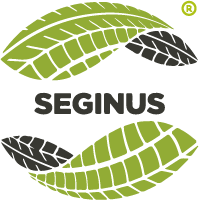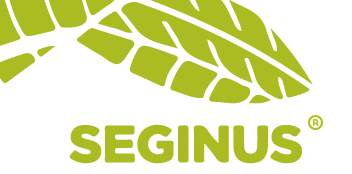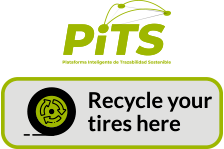Frequently asked questions (FAQs)
SEGINUS stands for the Ecuadorian Integrated Used Tire Management System. It is the first non-profit corporation that facilitates the recycling of end-of-life tires, comprising the country’s main tire importers and local tire producers. SEGINUS operates under a unique waste management model, characterized by operational excellence and the collaborative efforts of its member organizations.
ELTs refer to End-of-Life Tires.
SEGINUS follows a circular economy model, utilizing ELTs in four ways:
- Granulation: A process in which rubber, metal wires, textile fibers, and other components are separated. The rubber is then processed into various granule sizes, used as raw material for gym flooring, park surfaces, carpets, and other applications.
- Pyrolysis: A process where ELTs are subjected to high temperatures, producing grade 2 oil for industrial use.
- Energy Cogeneration: Conducted exclusively in cement plants authorized by MAATE. The high calorific value of ELTs is utilized to replace fossil fuels in cement kilns. (This process is mentioned less frequently to prevent misinterpretation.)
- Handicrafts: Certified artisans transform recycled rubber into products such as wallets, planters, sculptures, and even ecological parks.
Through Ecovalue, a fee paid by end-users to finance the comprehensive management of ELTs. This fee is non-profit and is used solely as a financing mechanism for ELT management.
The importer invoices Ecovalue to distributors, who then invoice it to the final consumer of the new tire. The goal is to allocate recycling costs to the waste generators—citizens who use tires and are responsible for their proper disposal, in compliance with environmental regulations. Consequently, this management incurs no additional cost to businesses.
Ecovalue finances:
- The management of tires, including collection, transportation, and final treatment.
- Programs for the prevention and minimization of environmental impacts.
- Environmental education initiatives for stakeholders in the tire value chain.
- R&D&i projects (Research, Development, and Innovation) to identify and implement new ELT recycling solutions.
- National ELT recycling ‘Mingas’ (community-led recycling efforts).
- Awareness campaigns on ELT recycling.
- The reuse of ELTs in playgrounds, synthetic fields, handicrafts, energy recovery, and pyrolysis.
Ecovalue is passed along the supply chain: from the importer to the distributor, from the distributor to the point of sale, and from the point of sale to the final consumer.
Ecovalue follows the “polluter pays” principle, meaning that every buyer of a new tire must make responsible purchasing decisions by paying the Ecovalue, ensuring their tires are recycled at the end of their lifespan.
Additionally, under our PGI (Integral Management Program) approved by the MAAE, businesses that invoice new tires are obligated to record the collection of Ecovalue. Listing Ecovalue on the invoice serves as a guarantee to the customer that their tires will be recycled and reintegrated into the value chain.
SEGINUS is a non-profit corporation. Due to efficiencies in operational processes, it has been able to maintain the Ecovalue fee at $1 for light tires. Thus, Ecovalue does not generate profit.
Failure to charge Ecovalue would violate the agreement with the importer (your supplier) regarding the PGI approved by MAATE. This could impact your membership in SEGINUS and our obligation to represent you before the environmental authority. Additionally, non-compliance may lead to the loss of your import permit if you import directly. In the long term, tire collections will no longer be conducted at establishments that fail to invoice Ecovalue.

WRITE TO US
We are glad you reached out to us. We will assist you with your request, and all messages are answered as soon as possible.



